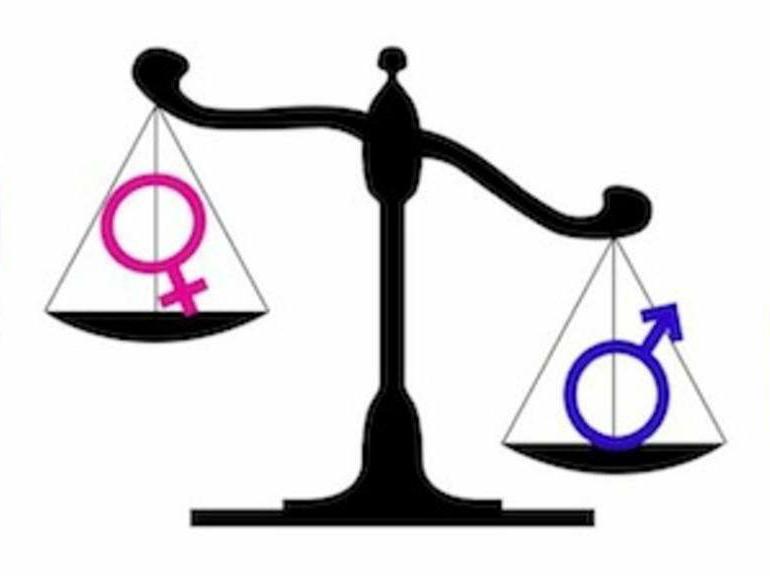SEX RATION IN INDIA
795 total views, 1 views today

The rich heritage of India, one of the world’s oldest civilizations, is an all-embracing confluence of religions, traditions, and customs. The highlights of Indian heritage lie in the treasure of its art, architecture, classical dance, music, flora and fauna, and the innate secular philosophy of its people. A visit to the heritage sites is like a walk through history, changing lanes with every dynasty that ruled Indian soils. The finesse of Indian handiwork, the richness of silk and cotton textiles, the ethnicity of jewelry, everything has come down as a heritage from ancient times and is being kept alive generation after generation. Even food in India is a legacy and part of Indian heritage, differing in look and taste in every state of India.
And there is another aspect of India that has caught the attention of many! Yes, it’s the sex ratio. The male dominance in the number of males versus the number of females was always a point of concern.
Over the years, Indians have been recognized for their poor sex ratio between males and females, but that has now altered. It’s very reassuring to see progress. After two years of research, the health ministry issued the latest National Family and Health Survey on Wednesday 15th December 2021, which found 1,020 women per 1,000 males. Some amazing methods were introduced to maintain the sex ratio. Abortions that were based on a woman’s sex were made illegal, awareness campaigns were held, and people were educated, among several other things.
India has long been referred to as “a land of missing women,” a phrase used by Nobel Laureate economist Amartya Sen in 1990 when the gender ratio had plummeted to 927 women for every 1,000 males. He estimated that 37 million women had gone missing. The preference for sons in India stems from a widely held traditional idea that a male kid will carry on the family legacy and care for the parents in their old age, whereas women will cost dowries and be left for their married homes. Campaigners claim that since the 1970s, when antenatal sex screening became widely available, tens of millions of female fetuses have been killed through sex-selective abortions, known as female foeticide, resulting in the highly skewed sex ratio. Newborn girls have been found abandoned on streets, buried in shallow graves, and dumped in rivers and drain in recent years. Illegal sex determination clinics are also flourishing, according to reports from across India. Some states, such as Rajasthan and Haryana, have attempted to improve their sex ratios, but the majority of large states with huge populations have yet to make significant progress in preventing female foeticide.
Due to such instances, some experts suggest caution in interpreting the findings, noting that the poll only includes approximately 630,000 of India’s 300 million households and that the whole picture will only emerge once the census data is released.
Despite an increase from the previous study, the sex ratio at birth (SRB) remained alarmingly low at 929, indicating persistent sex selection at birth. However, 13 states and union territories still have more males than females, according to the data. In a comparison of rural and urban areas, 14 states had a sex ratio that favored males in rural areas, while 22 states had a sex ratio that favored men in urban areas. According to experts, the fall in the sex ratio at birth necessitates strengthening pre-conception and prenatal diagnostic procedure regulations.
So, does a lower sex ratio at birth imply a poorer sex ratio in the future? “Not necessarily,” argues Suresh Sharma, director of the Institute of Economic Growth’s population research center. “By virtue of migratory streams, the sex ratio at birth and the total sex ratio diverges. It’s impossible to infer from a falling sex ratio at birth that the entire sex ratio will stay skewed in the future.”
